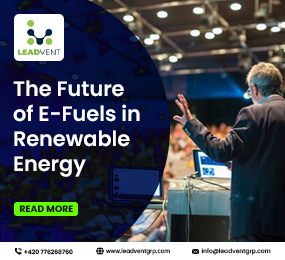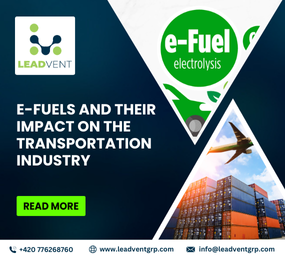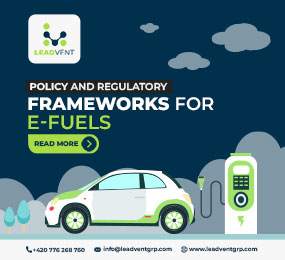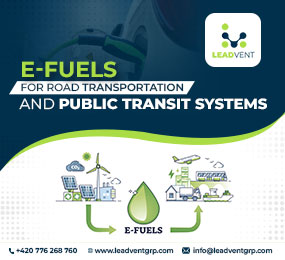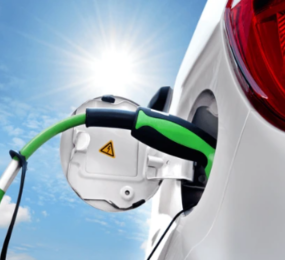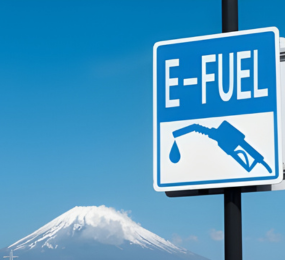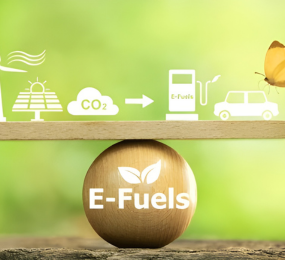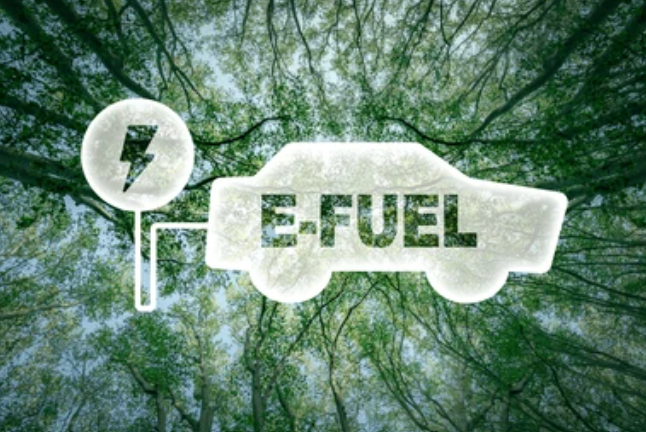E-Fuels: Powering the Future Without Reinventing the Wheel
As countries and industries work toward ambitious net-zero targets, attention is turning to alternative fuels that can reduce emissions without upending existing infrastructure. Among these solutions, E-Fuels short for electrofuels are emerging as a powerful contender in the clean energy mix, especially for sectors like aviation, maritime transport, and heavy-duty mobility where electrification isn’t always practical.
E-fuels are produced by synthesizing hydrogen (often from water via electrolysis using renewable electricity) with captured carbon dioxide. The result is a liquid fuel that behaves much like conventional petrol, diesel, or jet fuel but with a far lower carbon footprint if the production process is powered by green energy.
What makes e-fuels especially attractive is their compatibility. They can be stored, transported, and used in existing engines and distribution systems. This means that aircraft, ships, trucks, and even classic cars can continue to operate while dramatically cutting emissions, without the need for a massive overhaul in infrastructure.
Why E-Fuels Matter
Transport remains one of the hardest sectors to decarbonize. While electric vehicles are growing in popularity, they still face limitations in range, charging infrastructure, and battery production especially in sectors like aviation and shipping. This is where e-fuels fill the gap. Their energy density and versatility allow for long-distance travel and heavy-duty applications that batteries currently struggle to support.
Moreover, e-fuels offer an effective way to utilize surplus renewable energy. When solar or wind power exceeds demand, it can be stored in the form of e-fuels, essentially turning green electricity into a portable, storable resource. In this way, e-fuels also help balance the grid and maximize renewable energy use.
Challenges Ahead
Despite their promise, e-fuels are still in the early stages of commercial deployment. Production costs are high, efficiency rates are lower compared to direct electrification, and carbon sourcing must be carefully managed to ensure true sustainability.
Policy support, investment, and innovation will be critical. Governments across Europe and parts of Asia are beginning to recognize the role e-fuels can play, especially as part of aviation and shipping decarbonization strategies. Pilot plants are already operating, and more projects are underway to scale up production.
Takeaway Point
E-fuels are not a silver bullet, but they are a vital tool in the transition toward a cleaner, more flexible energy future. By enabling the use of existing infrastructure while significantly cutting emissions, e-fuels offer a practical bridge between today’s energy systems and tomorrow’s climate goals. Their development marks a crucial step in ensuring no sector is left behind in the race to net-zero
Learn more on our website: https://www.leadventgrp.com/events/2nd-annual-world-e-fuels-summit/details
For more information and group participation, contact us: [email protected]
Leadvent Group - Industry Leading Events for Business Leaders!
www.leadventgrp.com | [email protected]


